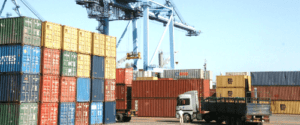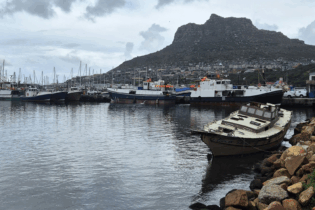Kenyan president Uhuru Kenyatta delivered the country’s State of the Nation Address (SONA) yesterday.
In it he said the macroeconomic foundations of Kenya were “strong” and “sustainable” and that real GDP grew by 5.8% in 2015. He said the Kenyan government expected real GDP to hit 6% over the next 12 months. He said the country had made bold investments in security, transport and infrastructure, energy, ICT, mining, and agriculture. Kenyatta added that Kenya was constructing a “world-class” standard gauge railway (SGR), which the country would complete and operationalise between Mombasa and Nairobi by June 2017. He explained that the SGR would extend to Naivasha, and eventually to the port of Kisumu, before reaching the border town of Malaba. This would open up more than half of the country to increased domestic and regional trade, he said. He suggested that plans were underway to modernise the existing metre-gauge railway line across the country covering Voi, Taveta, Thika, Nanyuki, Nakuru, Eldoret, Bungoma, Kericho, and Kitale among others.Kenyatta said his priorities were to complete the road works commenced by President Kibaki’s administration; open up major new national trunk routes; and implement the ambitious Roads Annuity Programme that would provide thousands of kilometres of low-volume tarmac roads to Kenya’s rural communities.
“Between 1963 and 2013, we built 11 000 kilometres of tarmacked road. This translates to an average of 220 kilometres per year. In the last three years, my administration has tarmacked approximately 3 000 kilometres – or an average rate of 1 000 kilometres per year,” he claimed. “Road contractors are on the ground working night and day to complete a number of projects. In Marsabit: the road from Merrille River to Moyale. In Taita Taveta County: the road from Mwatate to Taveta. In Kilifi County: the Mariakani-Kaloleni-Kilifi road. In Migori County: the road from Kehancha to Suna to Masara. In Kajiado County: the road from Isinya to Ngong. And, in Nairobi County: the road from South C to Kikuyu town,” he listed. He said the Kenyan government had undertaken “massive” rehabilitation and expansion of the country’s main port (Mombasa). “In 2013, Mombasa was the 8th busiest port in Africa, with a handling capacity of 890 000 twenty-foot containers. In February this year, two additional shipping berths at Kilindini were completed, which doubled the total handling capacity to 1.6 million twenty-foot TEU’s annually. Within three years, Mombasa has become the 4th busiest port on the continent,” he claimed. He added that in order to consolidate Kenya’s position as the region’s transport hub, it had opened the newly completed passenger air terminal 2 at Jomo Kenyatta International Airport (JKIA) and would be commissioning two new terminals by May 2016. These new terminals were set to increase passenger handling capacity by 5.1 million passengers, which would bring total capacity at JKIA to 7.5 million passengers a year.







